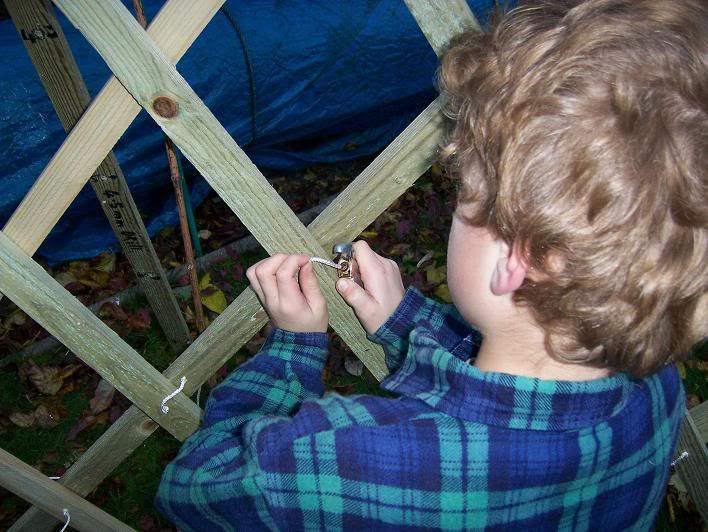Hi everyone
I'm new here - just bought an acre of woodland and in need of a bit of advice.
I am planning to build a yurt and am hoping to be able to use coppiced hazel for the framework. I just wanted to ask a couple of questions - firstly is hazel the right timber for the job (I hope so as I have got quite a lot of it!) and assuming the answer to that one is 'yes' could anyone suggest a good way of joining the rods to form a sort of trellis, which is how the side walls are traditionally constructed. I was considering using waxed hemp twine to lash them together but I'm not sure how strong or durable this would be, so I'm just wondering if anyone has any other suggestions?
Any other tips or advice on the subject of yurt making, particularly making the 'crown' from naturally harvested timber, and best materials for flooring will be greatly appreciated!
Thanks in advance
Arfydoo
I'm new here - just bought an acre of woodland and in need of a bit of advice.
I am planning to build a yurt and am hoping to be able to use coppiced hazel for the framework. I just wanted to ask a couple of questions - firstly is hazel the right timber for the job (I hope so as I have got quite a lot of it!) and assuming the answer to that one is 'yes' could anyone suggest a good way of joining the rods to form a sort of trellis, which is how the side walls are traditionally constructed. I was considering using waxed hemp twine to lash them together but I'm not sure how strong or durable this would be, so I'm just wondering if anyone has any other suggestions?
Any other tips or advice on the subject of yurt making, particularly making the 'crown' from naturally harvested timber, and best materials for flooring will be greatly appreciated!
Thanks in advance
Arfydoo

